Nick Krall explains why the Reds went from a playoff team to a rebuilding one in 22 months
MIAMI – On Oct. 1, 2020, less than two years ago, Cincinnati Reds manager David Bell sat in the interview room and tried to focus on the positive.
The Reds had just been swept in the playoffs by the Atlanta Braves, but they had the core of the team under contract for the following season. At the time, Bell framed the sweep as a potential learning experience for young players like Luis Castillo, Jesse Winker, Eugenio Suárez and Nick Castellanos.
“We were able to have some success, taste some real success,” Bell said. “When we get to take a step back and reflect on a season, there’s no doubt that moving forward, knowing that feeling, knowing what it takes, the amount of effort, teamwork, care, tasting that success is going to go a long way moving forward.”

Jason Williams: Cincinnati Reds go all in on fire sale at trade deadline, but ...
Cincinnati Reds at the trade deadline: Evaluating the 10 prospects the Reds received
Now, exactly 22 months later, the core of that playoff team is nearly entirely gone. Joey Votto, Mike Moustakas, Kyle Farmer and Nick Senzel are the best players in the small remaining group of Reds who were on the 2020 team, and Senzel is the only starter who’s still on the front half of his career.
In the aftermath of that season, the Reds traded closer Raisel Iglesias for a reliever who didn’t make the team, and they cut another late-inning reliever in Archie Bradley. As ownership mandated payroll cuts, the Reds only signed one minor league free agent before the start of the 2021 season, left-hander Sean Doolittle.
With players like Votto, Moustakas and Shogo Akiyama already on big contracts, the Reds didn’t have much flexibility.
After a winning season in 2021, the Reds lost Nick Castellanos in free agency, traded Tucker Barnhart for a low-level prospect and waived starting pitcher Wade Miley. Since the Reds didn’t project to have a playoff roster entering spring training, it made sense to Reds general manager Nick Krall to deal Winker and Suárez for prospects last March.
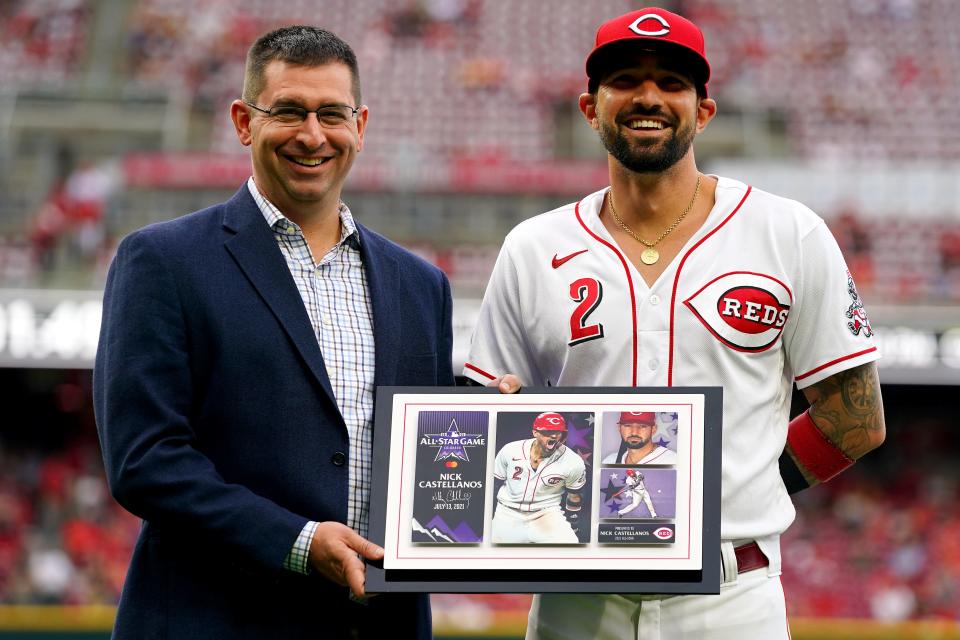
Following the trade deadline on Tuesday, Krall said there was “no question” that this major shift in the Reds organization began with the fallout from the COVID-19 pandemic.
“We had to take off some players from our club over the last couple of years,” Krall said. “With where we were, we looked at this and knew we had to reset it. We looked at how our organization needs to grow through our player pipeline. We’re going to continue to grow through that pipeline. This is just what we need to do going forward.”
Krall called the last few months “the first major steps” in rebuilding the organization through the “player pipeline” of minor league prospects. The Reds’ rebuild truly began when they traded Winker and Suárez.
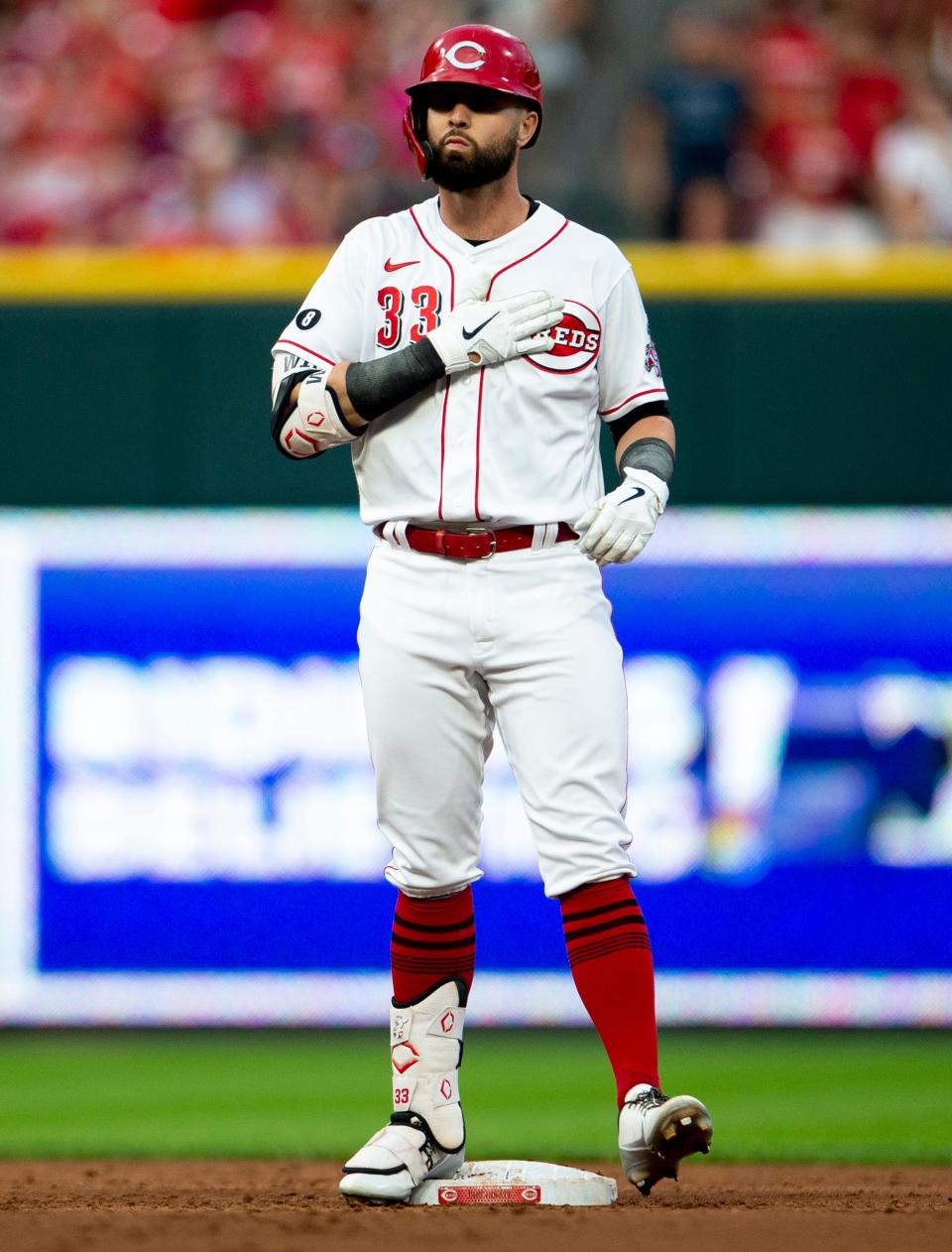
Without them on the roster, only a few veteran free agents added into the fold and a slew of injuries, the Reds began the year with a 3-22 record. From that point on, the Reds went down the path that led to them moving Castillo, Tyler Mahle and the veterans on the roster with significant trade value.
Compared to similar players who were traded, the Reds received impressive returns for their best players over the last week. In return for Castillo, the Reds revamped their farm system with five players who project as high-end prospects and seven more who add depth in the system.
“You’re never done stocking your player pipeline,” Krall said. “You want to continue to grow your player pipeline and continue to bring in quality, impactful talent. Whether it’s through a trade, international scouting or the draft. Whether it’s signing minor league free agents or major league free agents, we want to continue to stock our player pipeline because that’s how we have to grow and how we have to live. That’s where we’re going to have the most impact.”
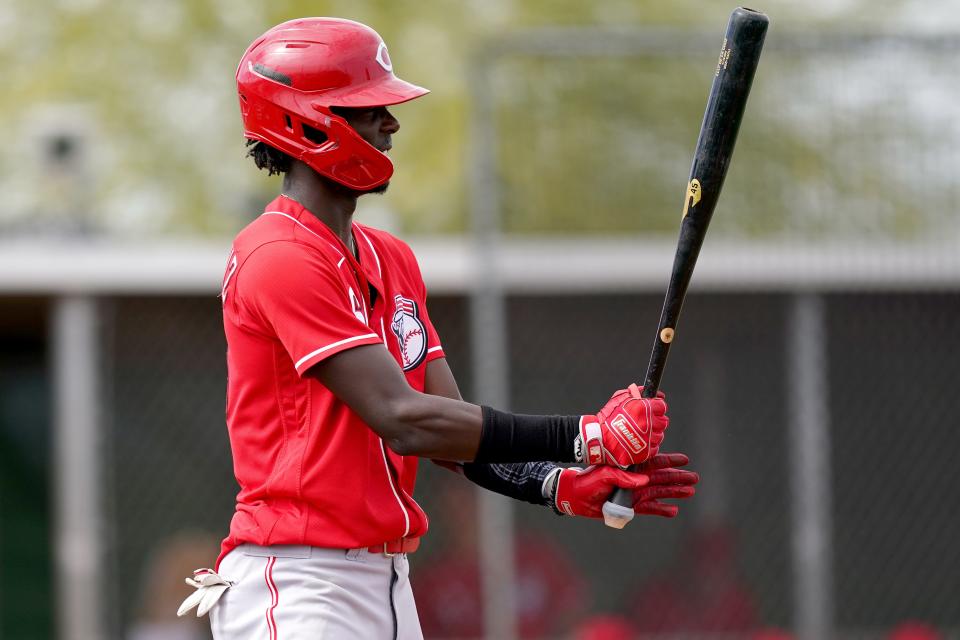
Because of how aggressive the Reds were at the trade deadline, they maximized the future value of the veterans they had on the roster. With the exception of infielder Donovan Solano and starting pitcher Mike Minor, who both likely wouldn’t have had much trade value, the Reds traded nearly every veteran that they realistically could have.
Entering 2023, the Reds only have five veteran players under contract between the starting rotation and the starting lineup: Joey Votto, Mike Moustakas, Kyle Farmer, Matt Reynolds and Albert Almora Jr.
Votto has a no-trade clause, Moustakas is a part-time player who’s set to make $16 million next year and Reynolds and Almora Jr. are bench players. Farmer was the only veteran player on the active roster that the Reds didn’t deal who could have netted them something meaningful in return, and he has an important role in the clubhouse and as the Reds’ starting shortstop.
The Reds have gone all-in on rebuilding. Now, Krall said, the next step in getting the Reds closer to contention is the development of the prospects they’ve acquired.
“We bring them in and want to develop them into quality big league players and put them on the big league roster and continue to develop them there,” Krall said.
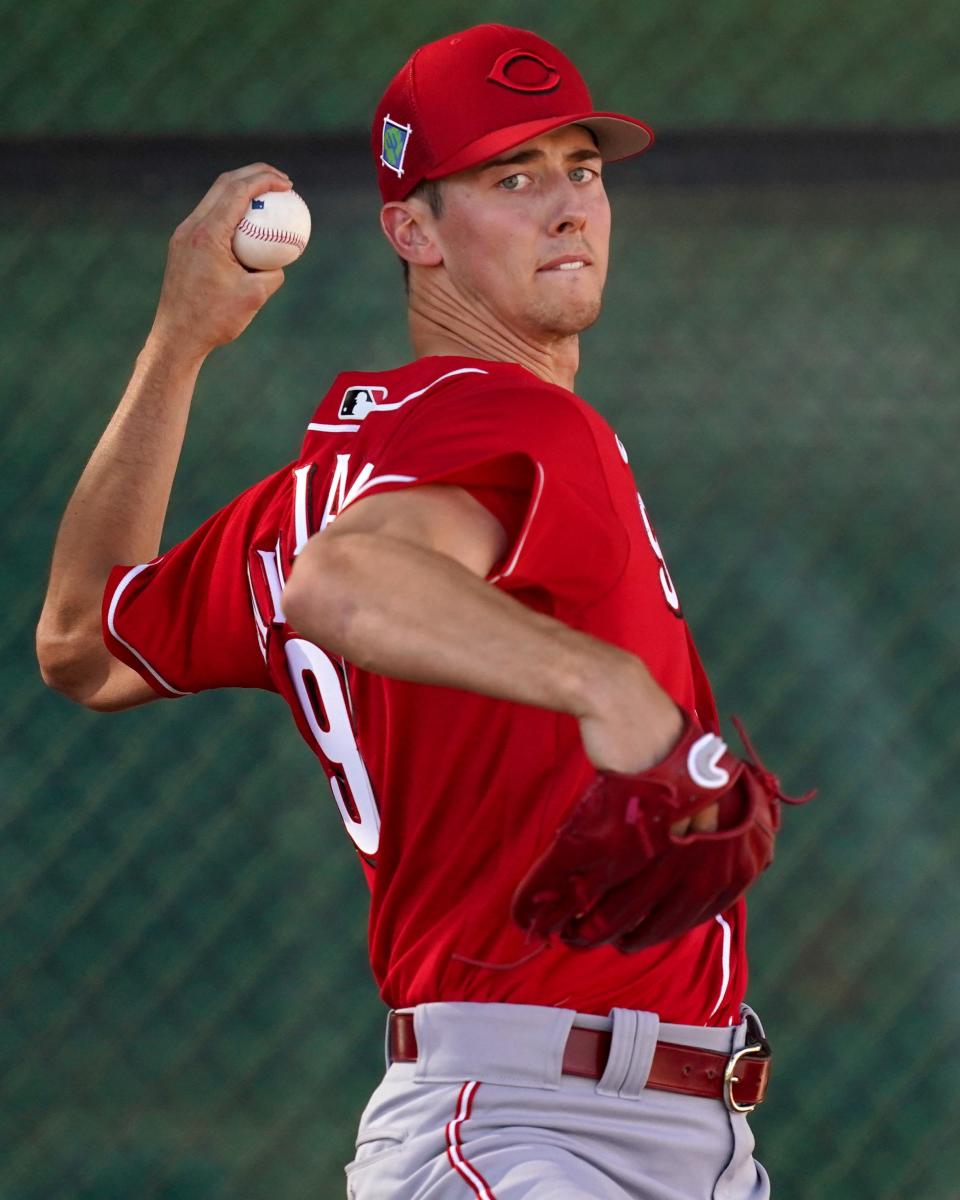
At the Major League level, the Reds are building around Jonathan India, Tyler Stephenson, the trio of rookie starting pitchers and Senzel. A few top prospects like Elly De La Cruz, Matt McLain, Jose Barrero and Brandon Williamson are expected to be a part of the next Reds’ contenders. After this week, the Reds are looking for recent prospect additions like Noelvi Marte, Edwin Arroyo and Victor Acosta to be a part of the mix down the road.
Krall began his press conference on Tuesday by acknowledging how it was tough to trade two well-respected and high-performing veterans in Brandon Drury and Mahle. He acknowledged that when he became the Reds’ lead decision-maker in 2020, his mindset wasn’t to trade away the core of the team.
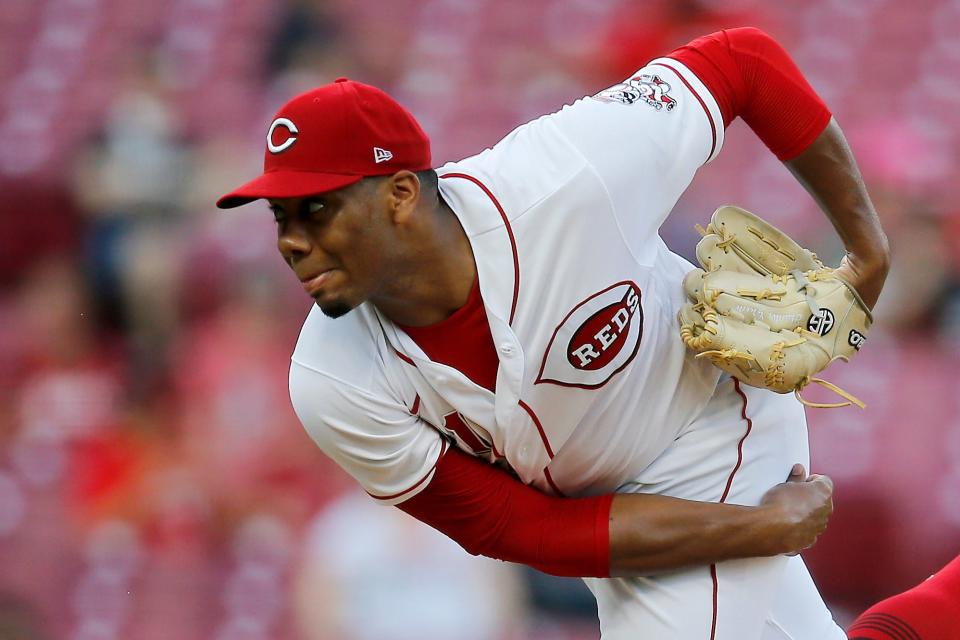
But due to the sequence of transactions that preceded the 2022 trade deadline, it made the most sense for the Reds to prioritize the future.
“We’ve talked about growing ourselves through our player pipeline,” Krall said. “We feel really good about what we’ve done over – starting with the draft and leading into the trade deadline. We’re continuing to improve our player pipeline, getting more and more players that can make an impact at the big league level.”
This article originally appeared on Cincinnati Enquirer: Cincinnati Reds went from a playoff team in 2020 to rebuilding in 2022

